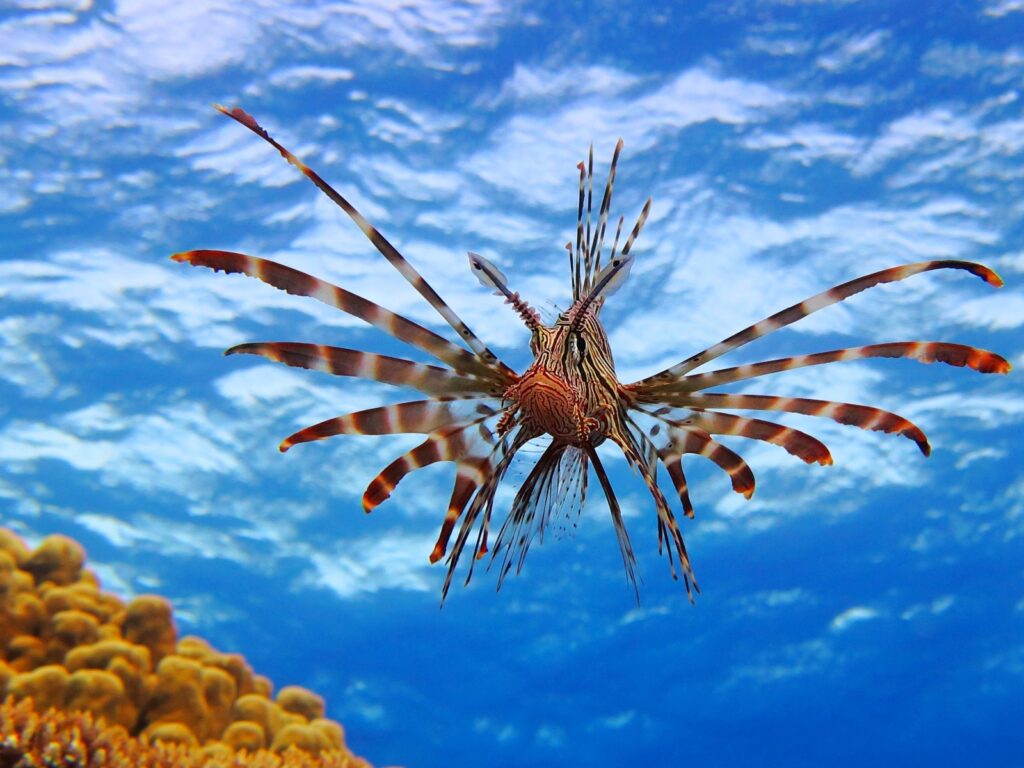In the wild, some creatures have developed incredible defenses to protect themselves from predators. From sharp spines to venomous barbs, these 18 spectacular spiky and thorny animals are equipped with impressive natural armor.
1. Porcupine
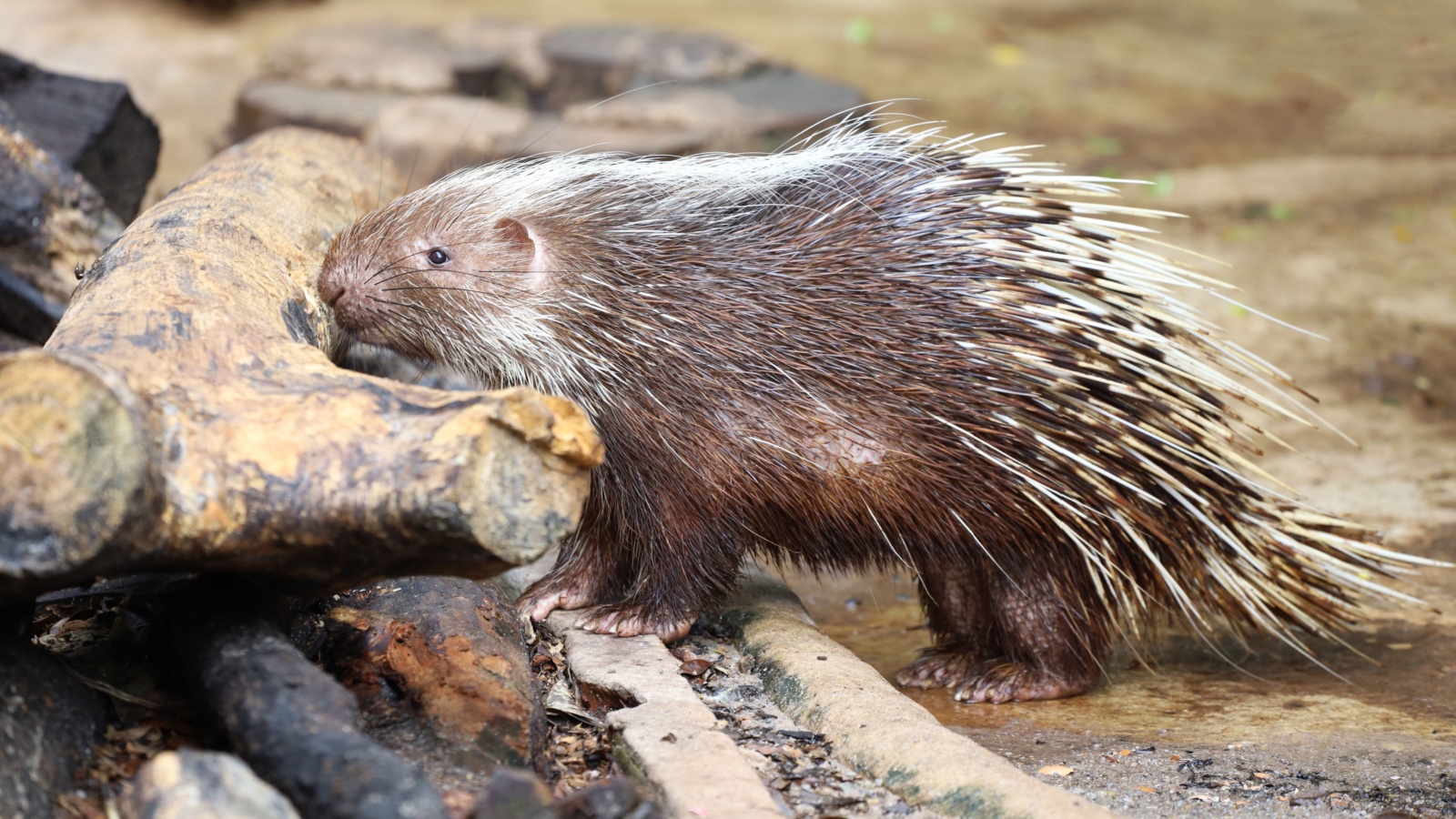
Porcupines are large rodents known for their impressive quills. These sharp, hollow spines cover most of their bodies, except for their faces, undersides, and the insides of their legs. When threatened, porcupines can erect their quills, making themselves appear larger and more intimidating. If an attacker comes into contact with the quills, they can easily detach and become embedded in the predator’s skin, causing pain and potential infection.
2. Hedgehog
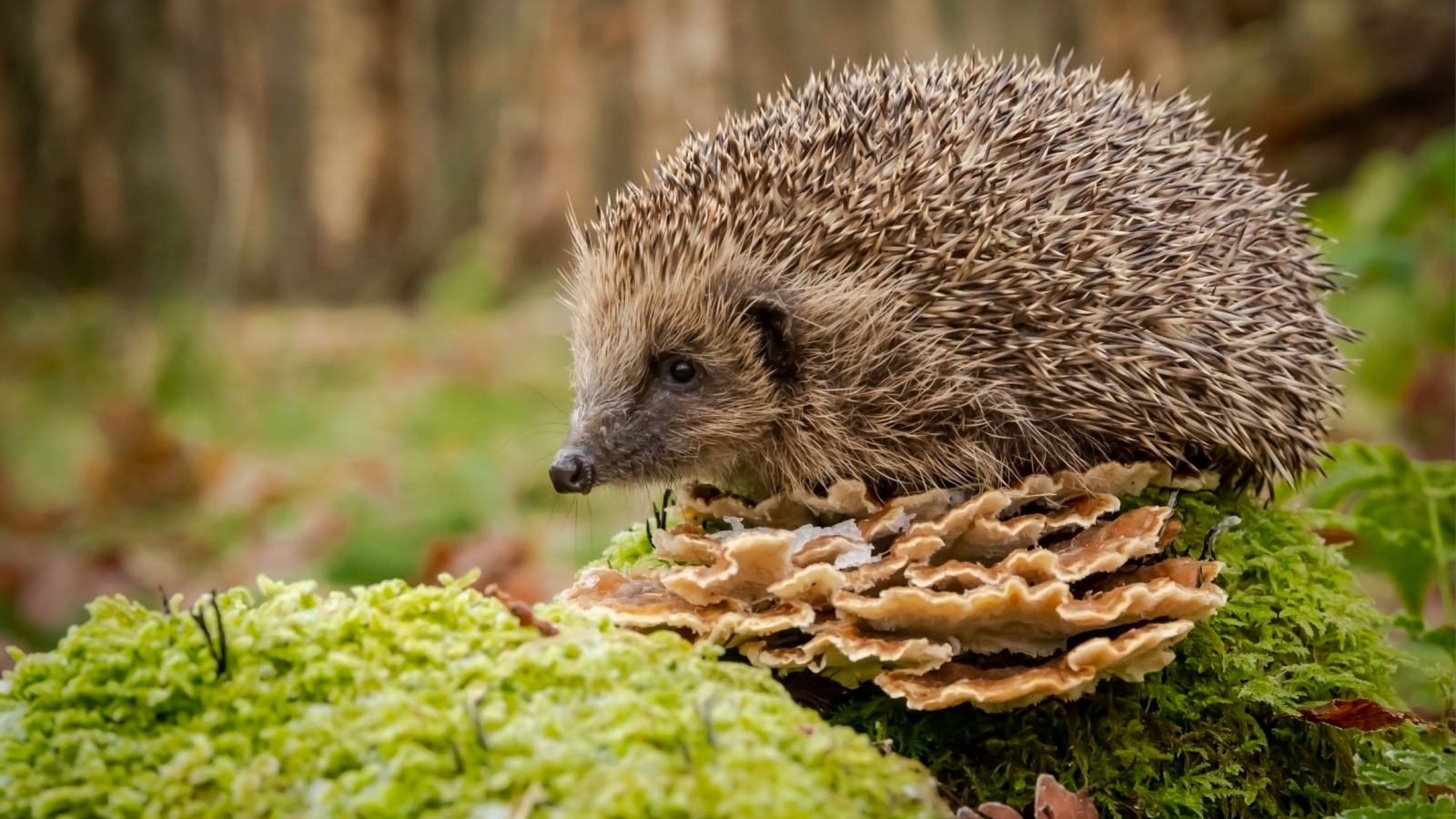
Hedgehogs are small, adorable mammals that are covered in short, stiff spines. These spines are actually modified hairs made of keratin, the same material that makes up human fingernails. When a hedgehog feels threatened, it can roll into a tight ball, causing its spines to point outward in all directions. This defensive posture makes it difficult for predators to attack without getting injured by the sharp spines.
3. Thorny Devil
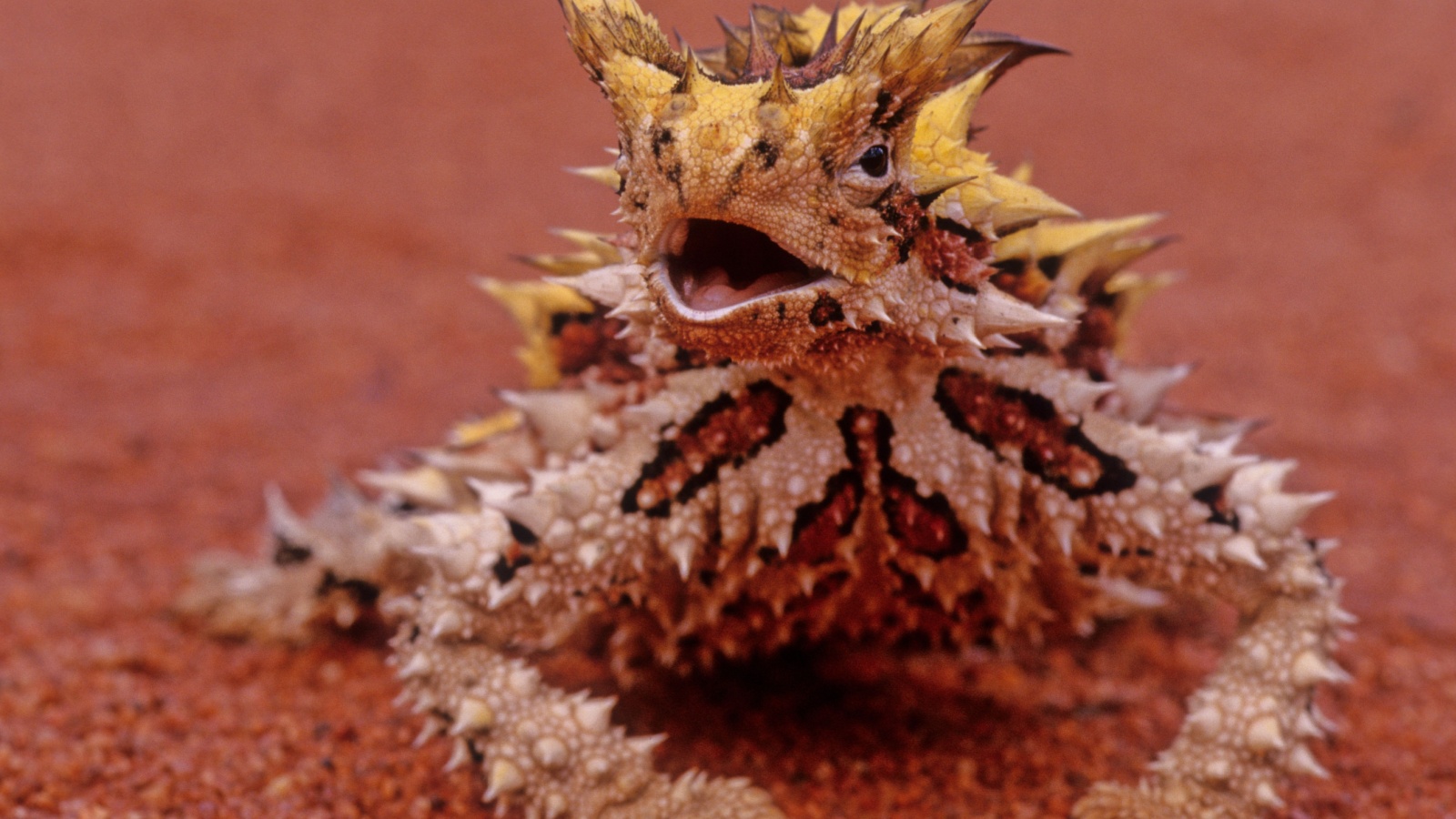
The thorny devil is a small lizard native to Australia. Its body is covered in sharp, thorn-like scales that help protect it from predators. These scales also have the unique ability to channel moisture from any part of the lizard’s body directly to its mouth, allowing it to stay hydrated in the harsh desert environment. The thorny devil’s diet consists mainly of ants, which it captures with its sticky tongue.
4. Prickly Pear Cactus
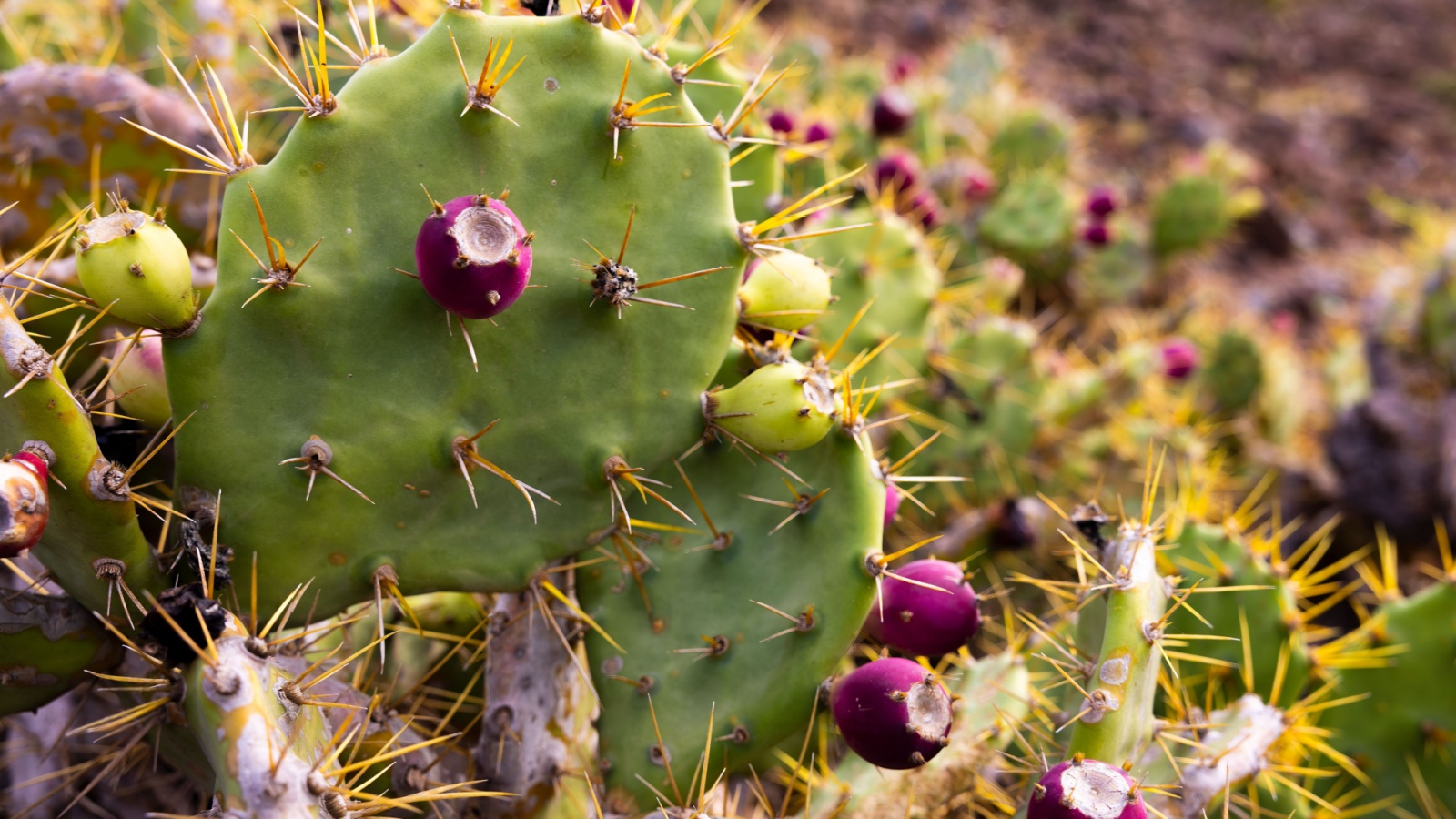
The prickly pear cactus is a type of cactus that is native to the Americas. It is covered in sharp spines that protect it from herbivores and help it conserve water in dry environments. The prickly pear cactus also produces edible fruit that is popular in many cuisines around the world. The cactus pads, called nopales, are also edible and are often used in Mexican dishes.
5. Lionfish
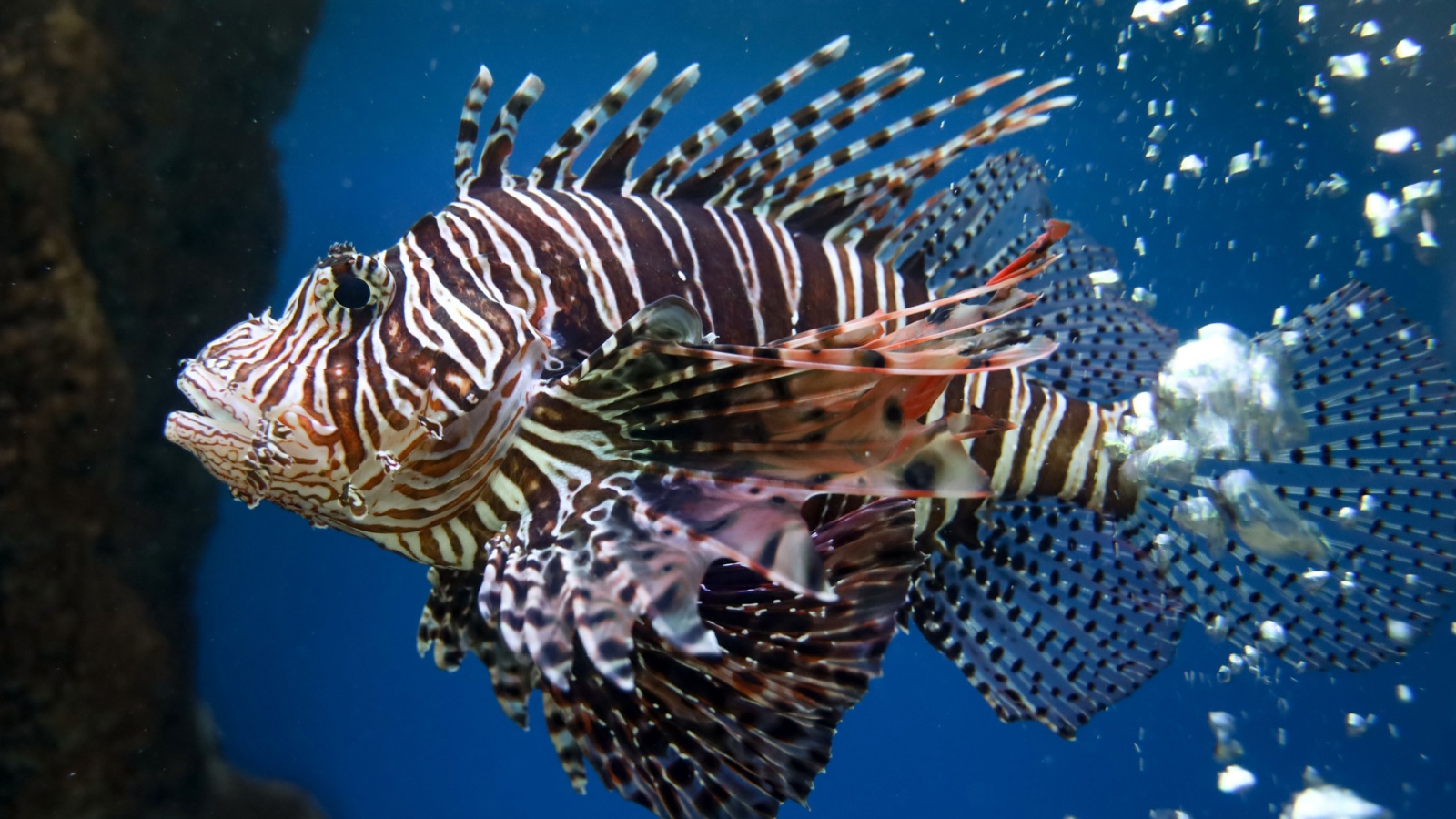
Lionfish are venomous marine fish known for their long, sharp spines. These spines contain venom glands that can cause painful stings to humans and other predators. Lionfish are native to the Indo-Pacific region but have become an invasive species in many other parts of the world, including the Caribbean and the Atlantic coast of the United States. They are skilled hunters and can quickly decimate local fish populations if left unchecked.
6. Sea Urchin
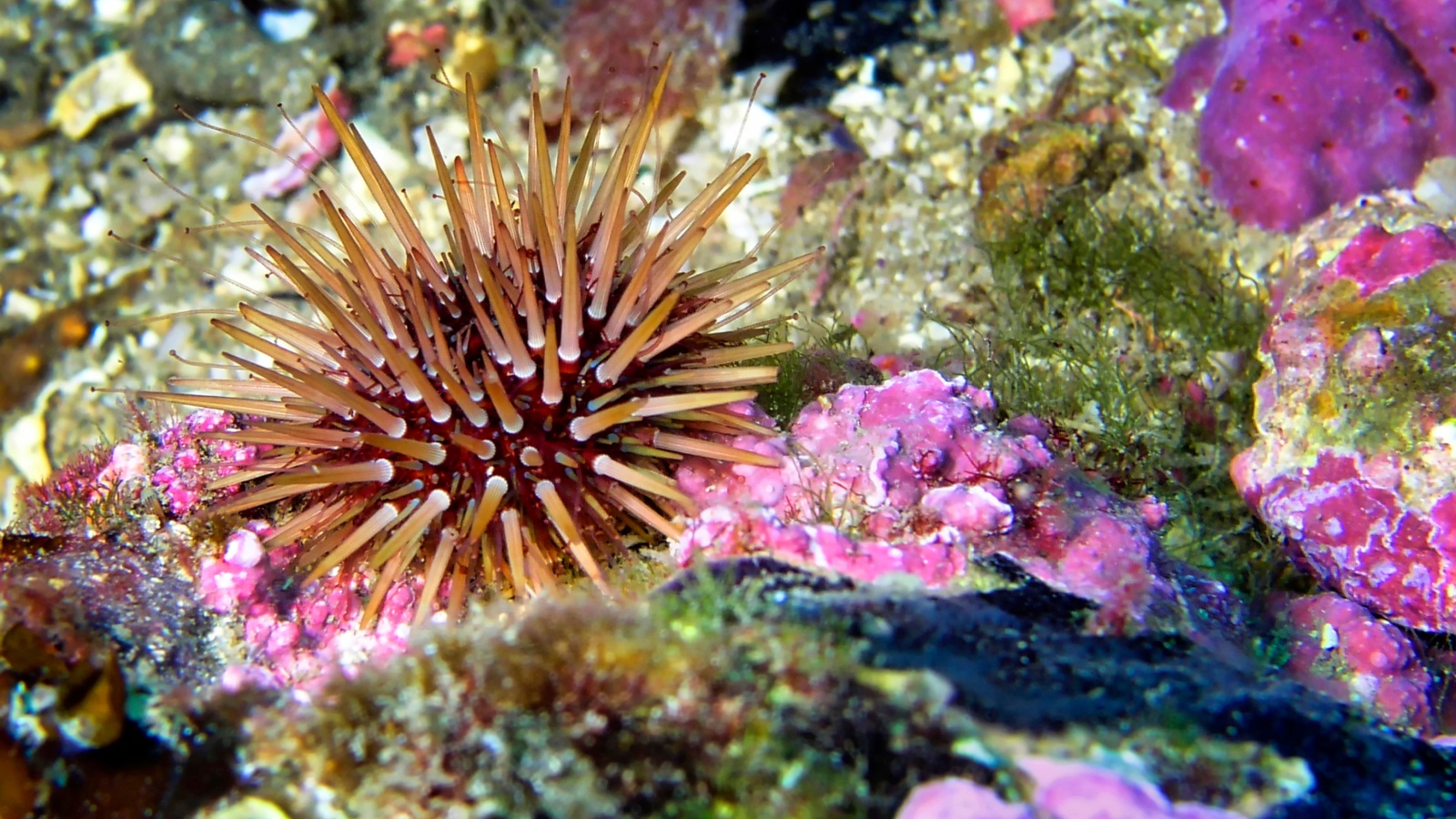
Sea urchins are spiny, globe-shaped creatures that live in oceans all over the world. Their bodies are covered in long, sharp spines that help protect them from predators. Some species of sea urchin also have venomous pedicellariae, which are small, jaw-like structures that can inject venom into anything that touches them. Despite their intimidating appearance, sea urchins are important members of marine ecosystems and are often used as indicators of ocean health.
7. African Crested Porcupine
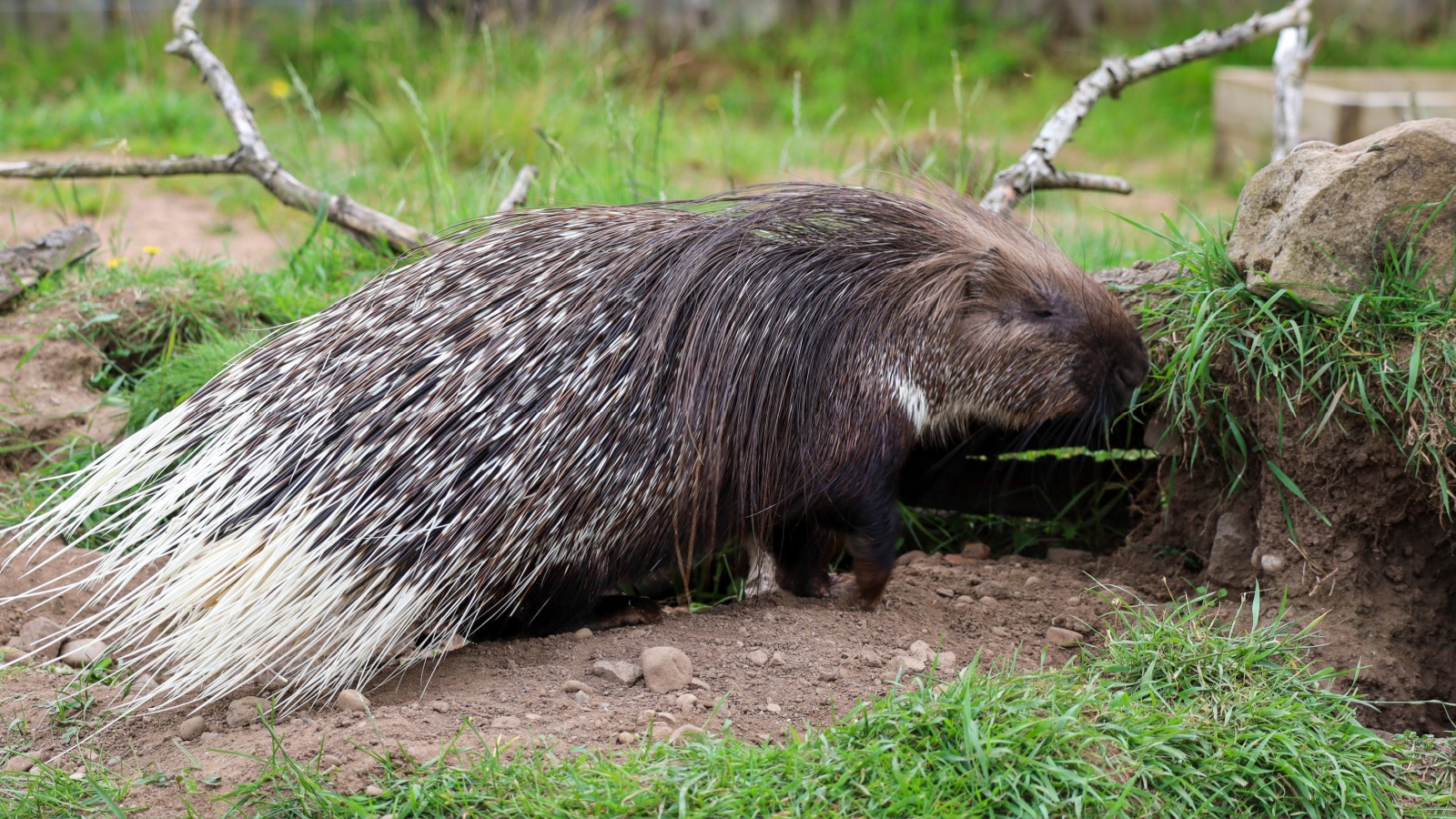
The African crested porcupine is the largest porcupine species in the world, weighing up to 60 pounds. Like other porcupines, it is covered in sharp quills that can be up to 13 inches long. These quills are made of keratin and are hollow, which makes them lightweight but still strong enough to protect the porcupine from predators. African crested porcupines are nocturnal and spend their days in burrows or caves.
8. Crown-of-Thorns Starfish
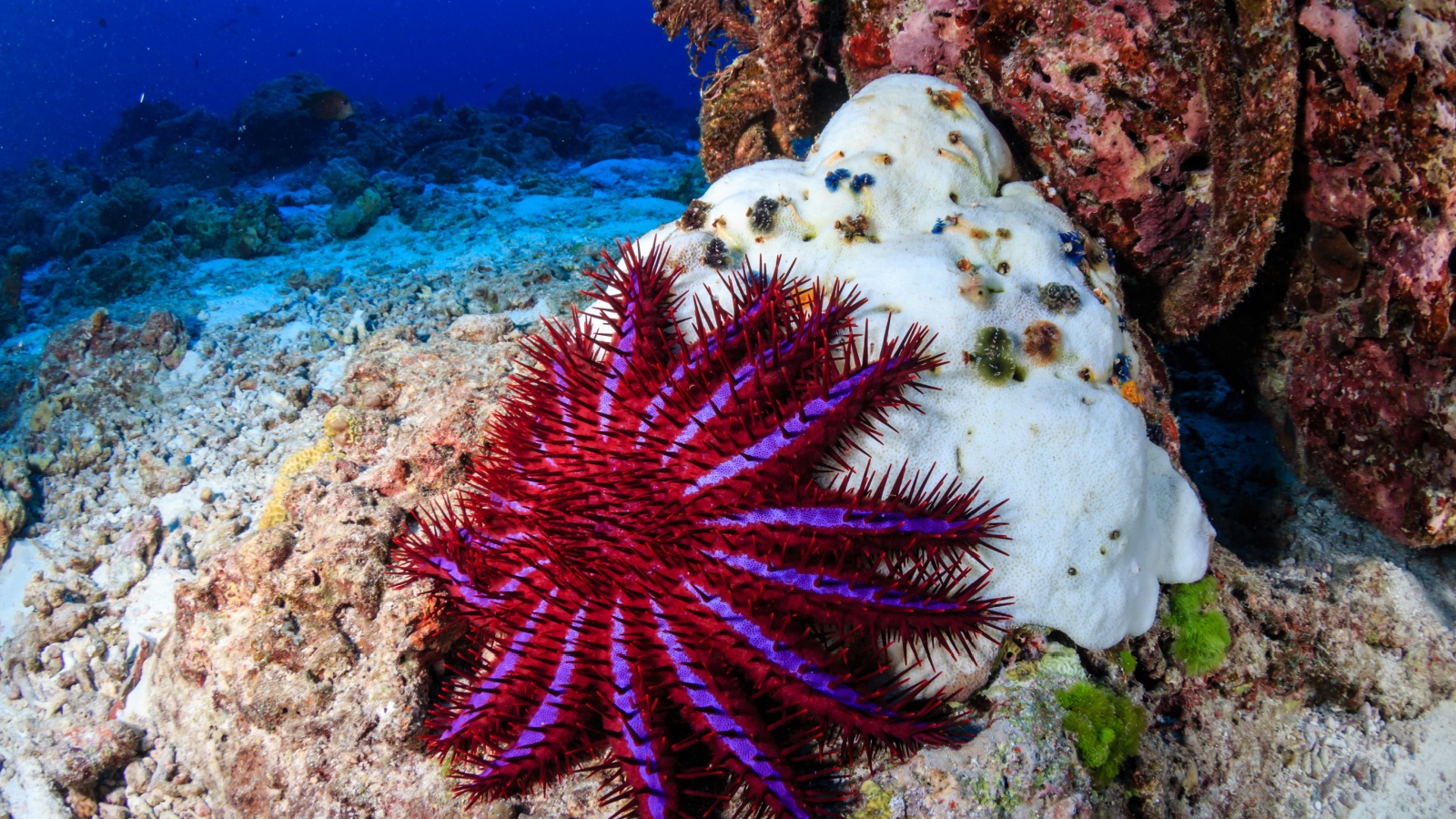
The crown-of-thorns starfish is a large, spiny starfish that is native to the Indo-Pacific region. Its body is covered in long, venomous spines that can reach up to 2 inches in length. These spines are used for defense against predators and can cause painful injuries to humans who step on them. Crown-of-thorns starfish are known for their voracious appetite and can quickly destroy coral reefs if their populations are left unchecked.
9. Stinging Nettle
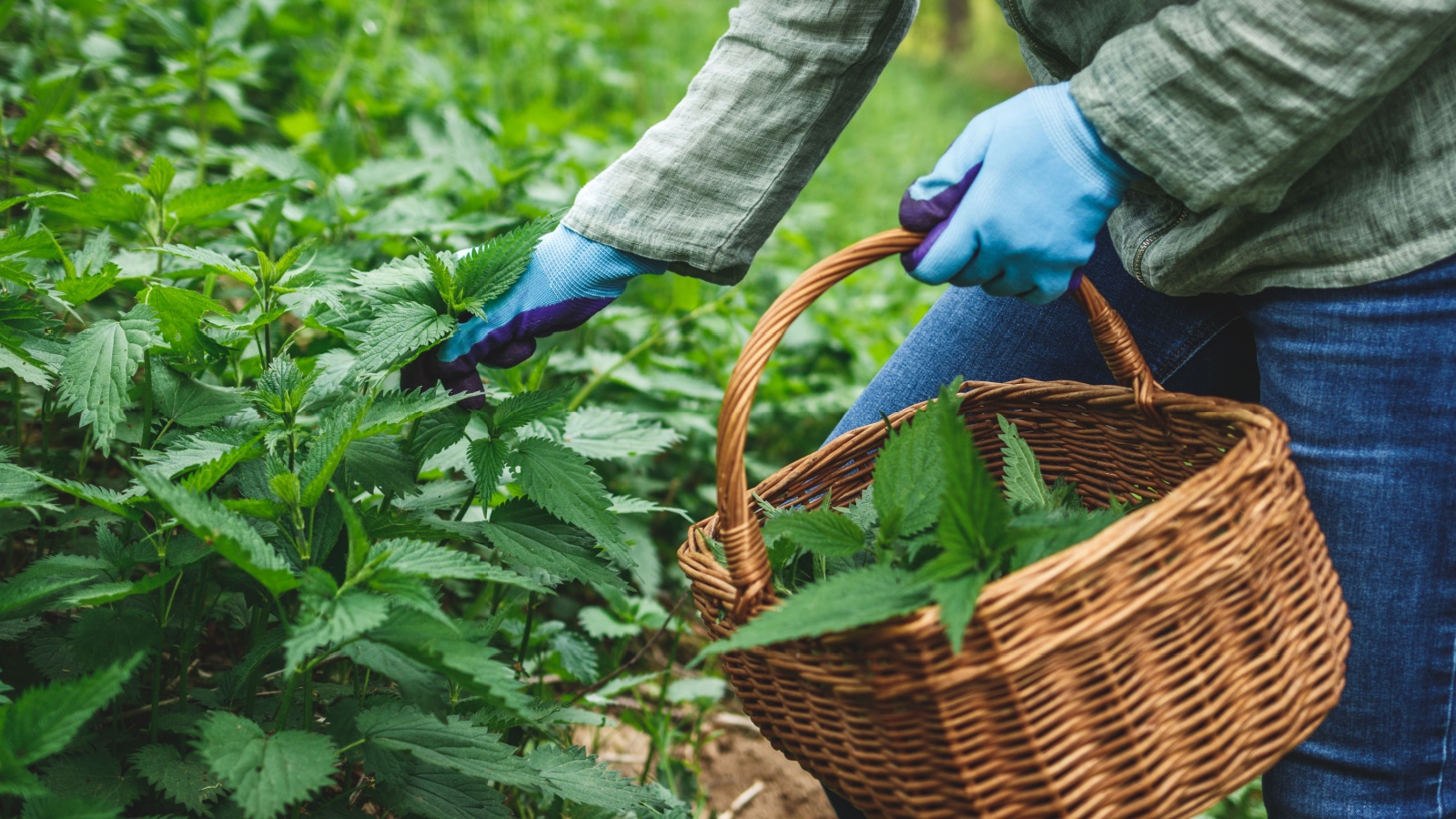
Stinging nettles are herbaceous plants that are covered in tiny, hair-like structures called trichomes. These trichomes contain a cocktail of irritating chemicals, including formic acid and histamine, which can cause a painful, burning sensation when they come into contact with skin. Despite their painful sting, stinging nettles have been used for centuries in traditional medicine and are also a popular ingredient in some cuisines.
10. Saguaro Cactus
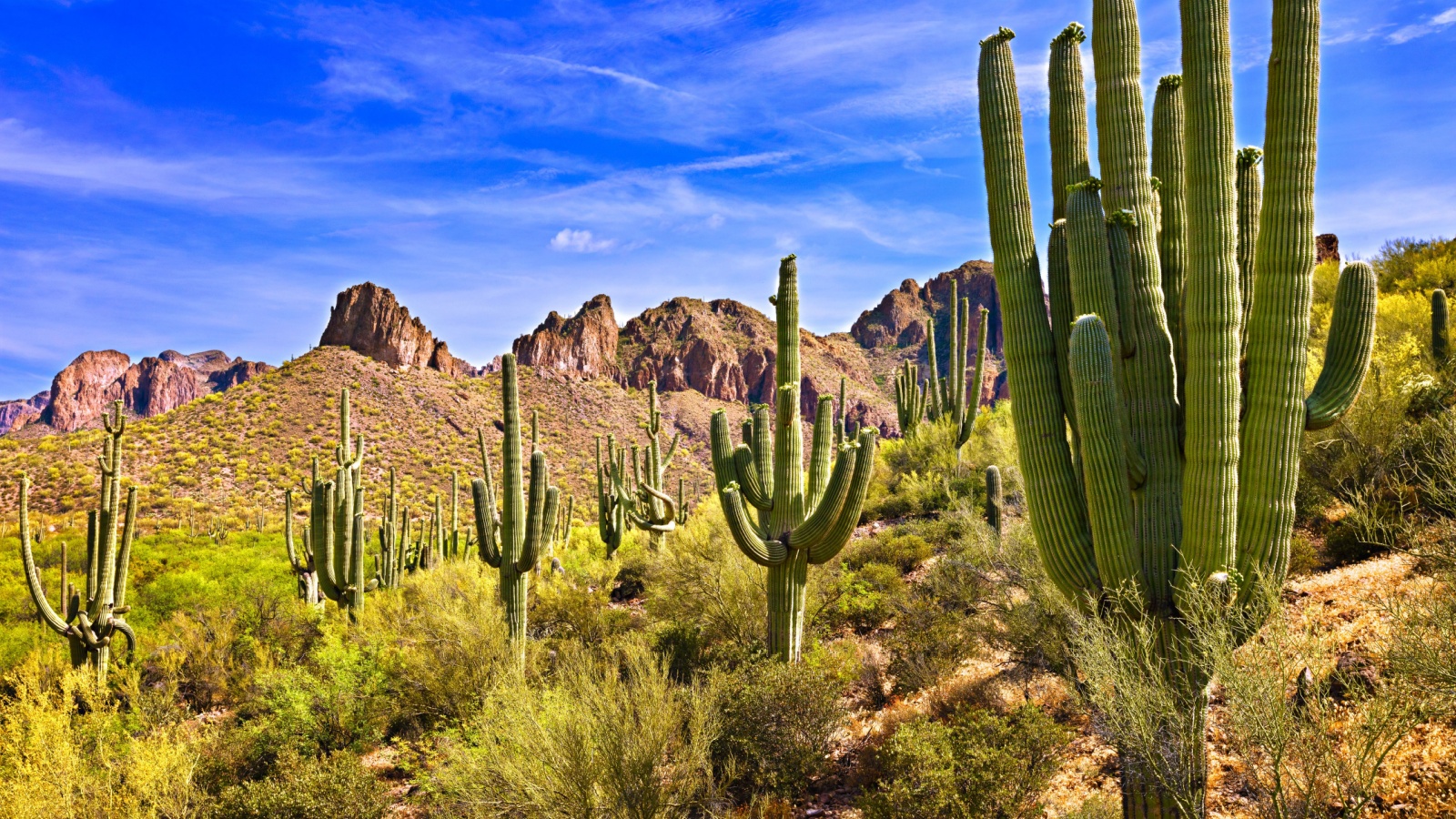
The saguaro cactus is an iconic symbol of the American Southwest. It is the largest cactus species in the United States and can grow up to 60 feet tall. The saguaro cactus is covered in sharp spines that help protect it from herbivores and also help it collect moisture from the air. These cacti can live for over 200 years and provide important habitat for many desert animals, including birds, bats, and insects.
11. Porcupinefish
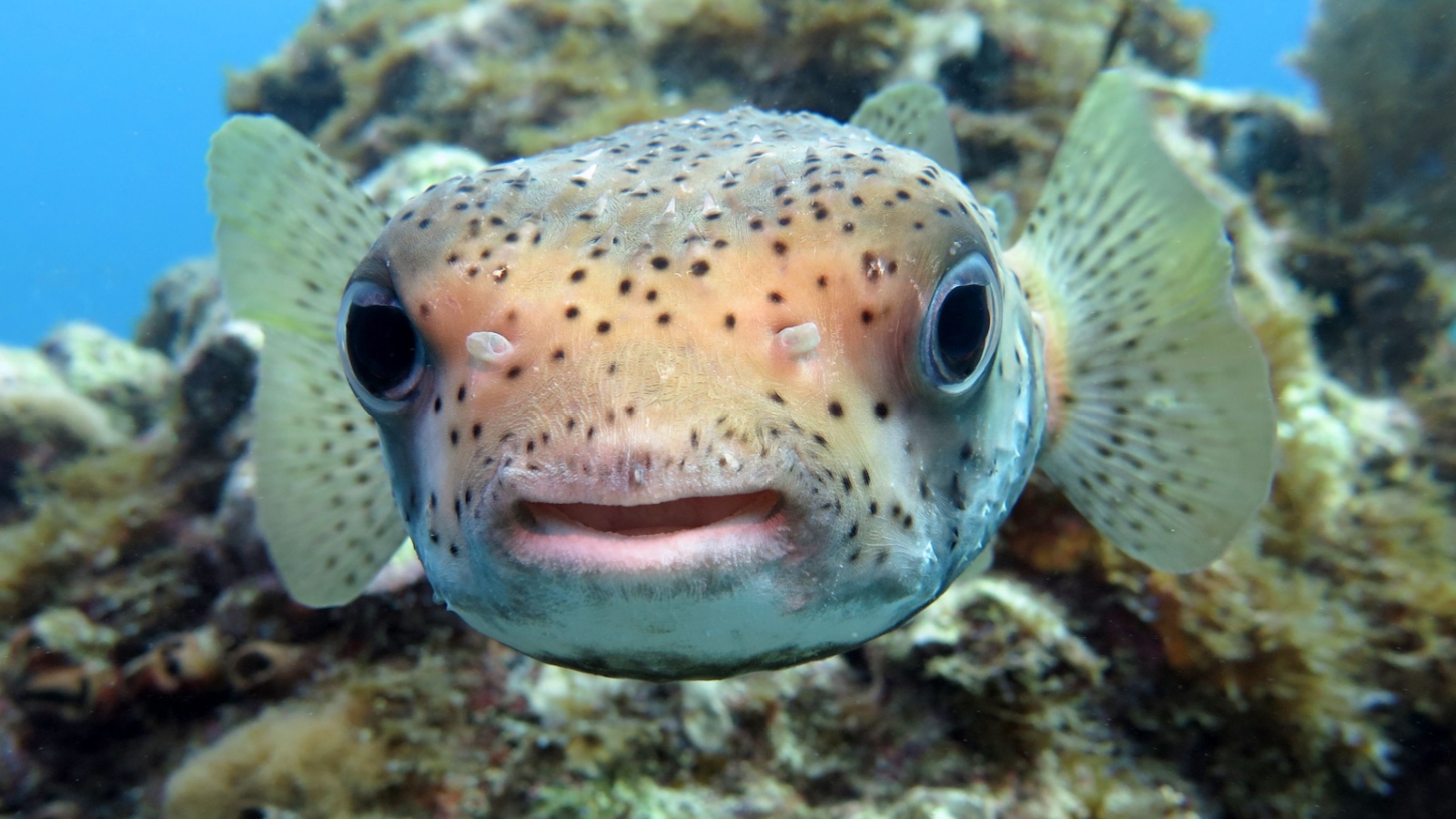
Porcupinefish are a type of pufferfish that are covered in sharp, erectile spines. When threatened, porcupinefish can inflate their bodies with water or air, causing their spines to stand on end and making them appear much larger and more intimidating to predators. Some species of porcupinefish also have venomous flesh, which can be deadly if consumed by humans or other animals.
12. Giant Silkworm Caterpillar
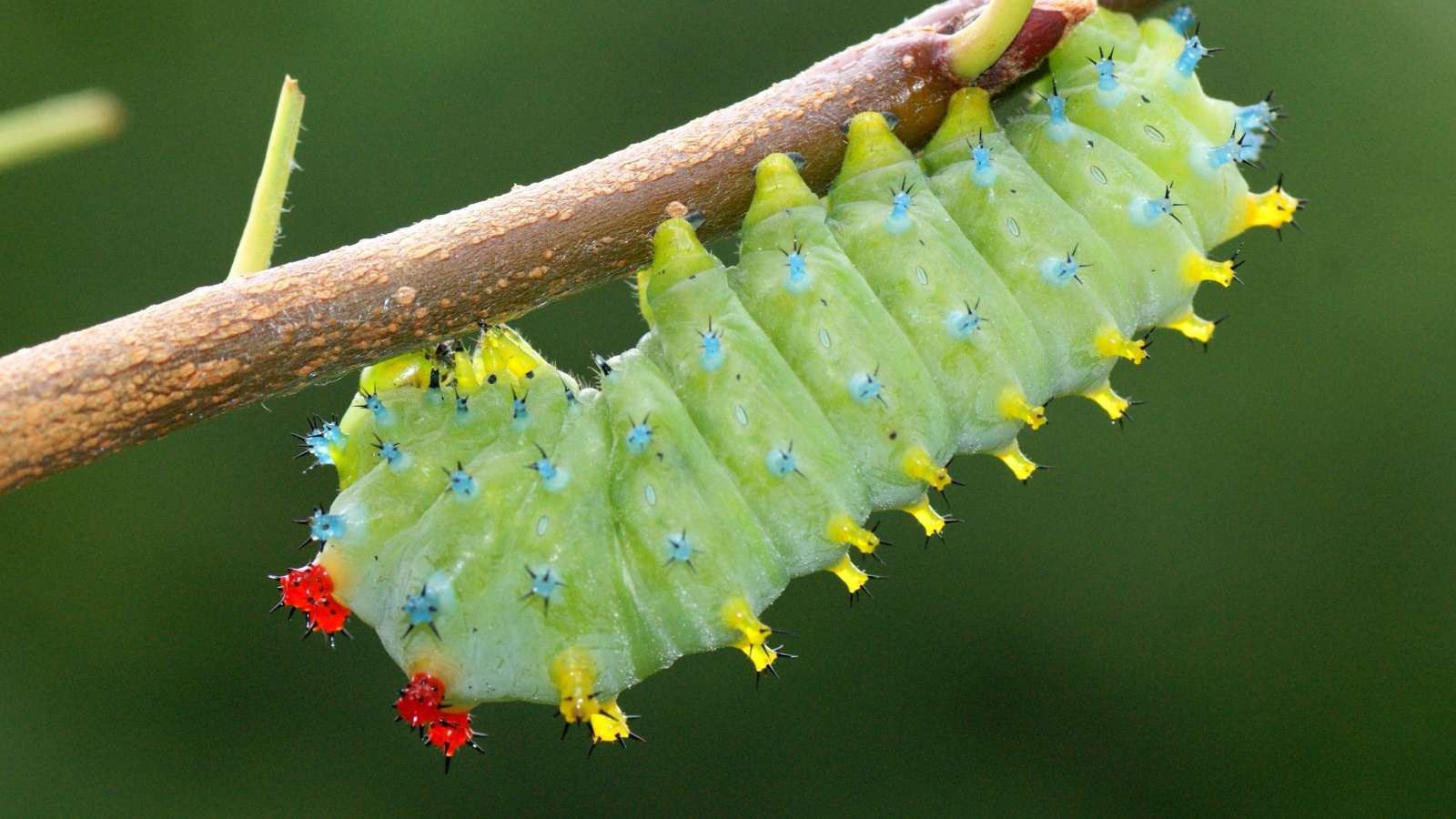
The giant silkworm caterpillar is a large, spiky caterpillar that is native to South America. Its body is covered in long, venomous spines that can cause painful stings and allergic reactions in humans. Despite their intimidating appearance, giant silkworm caterpillars are an important food source for many species of birds and reptiles in their native habitat.
13. Fire Coral
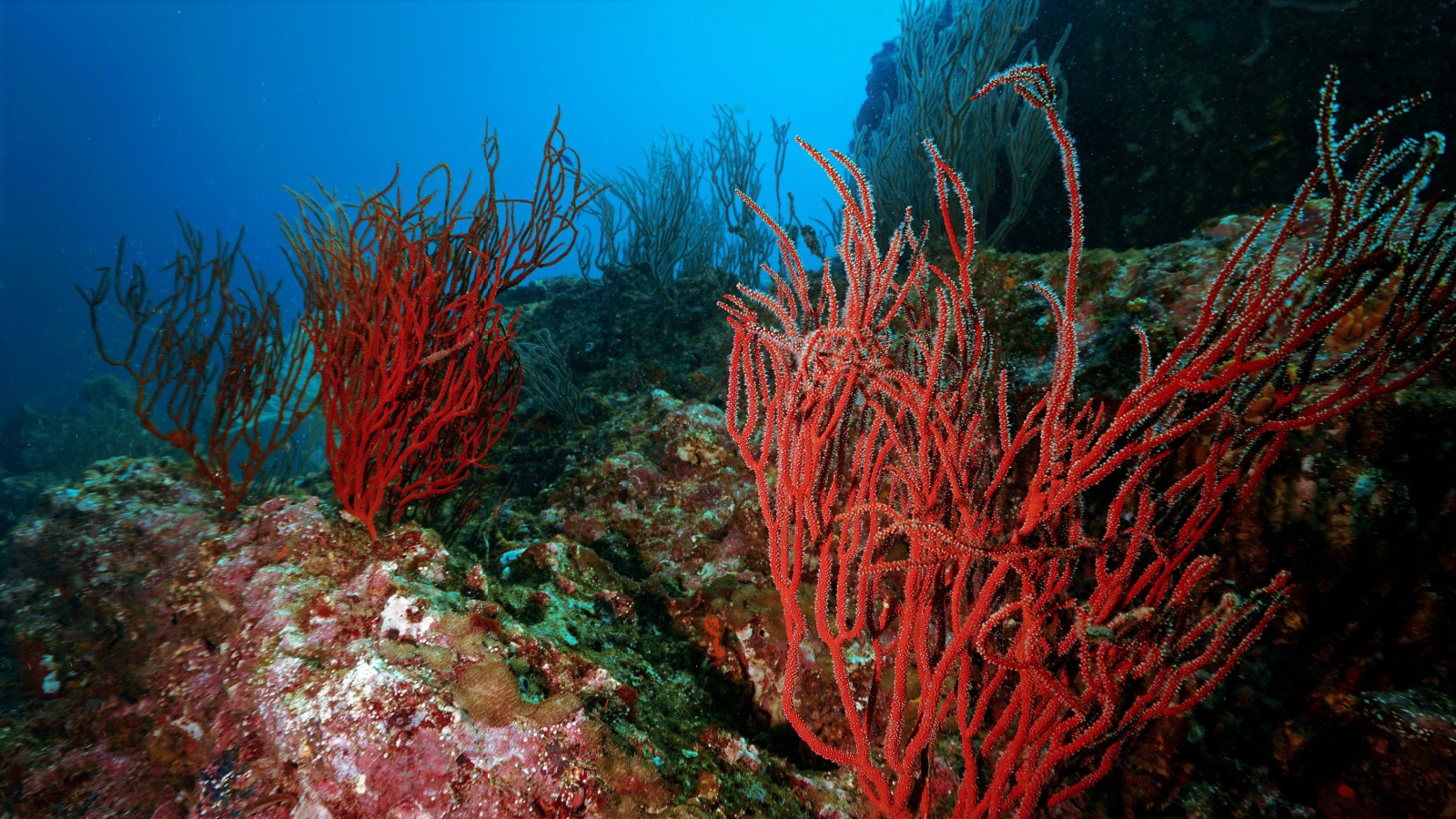
Fire corals are a type of marine animal that looks like coral but is actually more closely related to jellyfish and anemones. They are covered in tiny, venomous nematocysts that can cause painful stings to humans and other animals that come into contact with them. Fire corals are found in tropical and subtropical waters all over the world and play an important role in reef ecosystems.
14. Stonefish
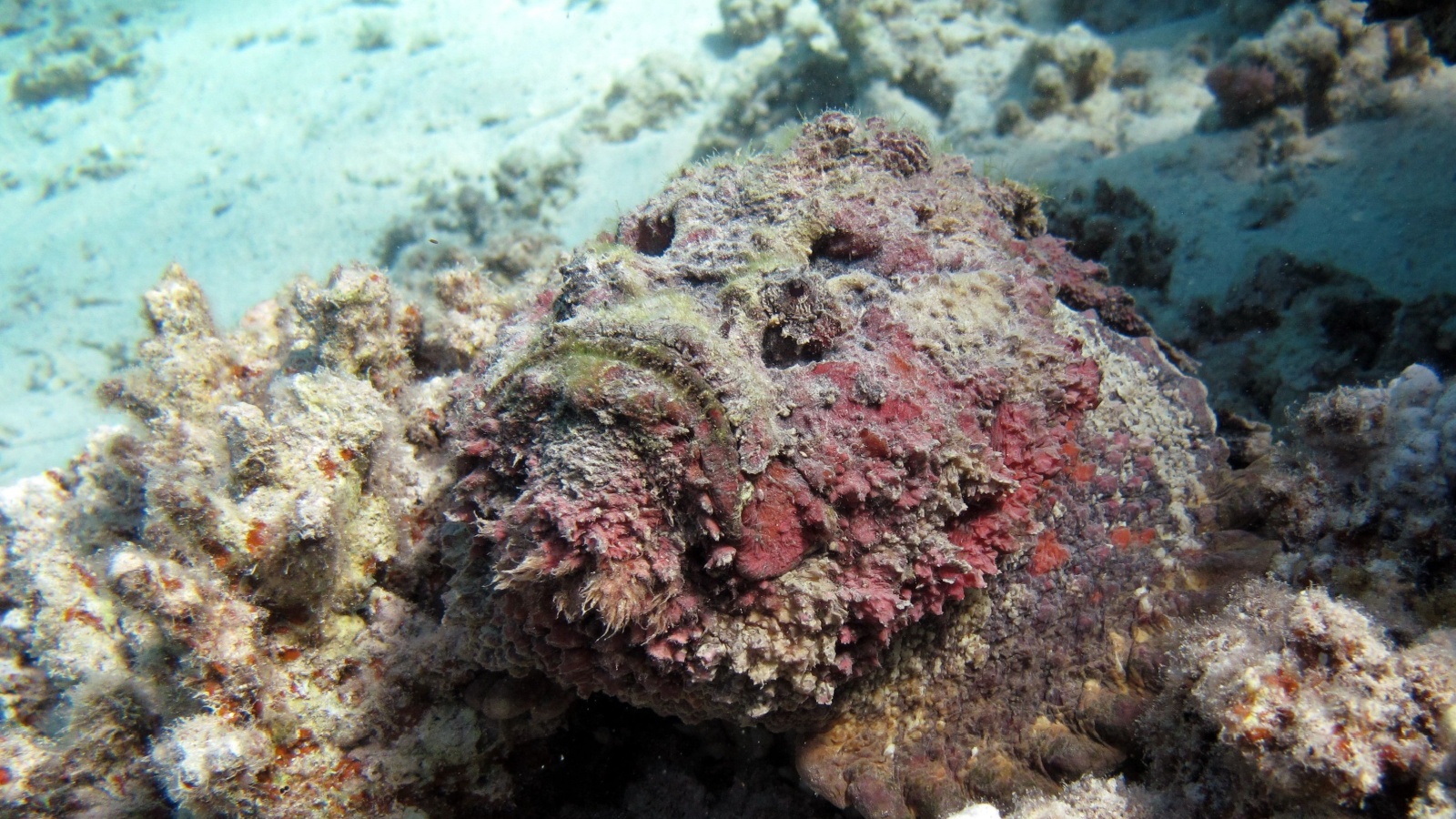
Stonefish are a type of venomous fish that are found in the tropical waters of the Indo-Pacific region. They are masters of camouflage and can blend in perfectly with their surroundings, making them difficult to spot. Stonefish have venomous spines on their dorsal fins that can cause extreme pain and even paralysis in humans who step on them. Despite their dangerous reputation, stonefish are an important part of the marine ecosystem and are a popular target for some commercial fisheries.
15. Barrel Cactus
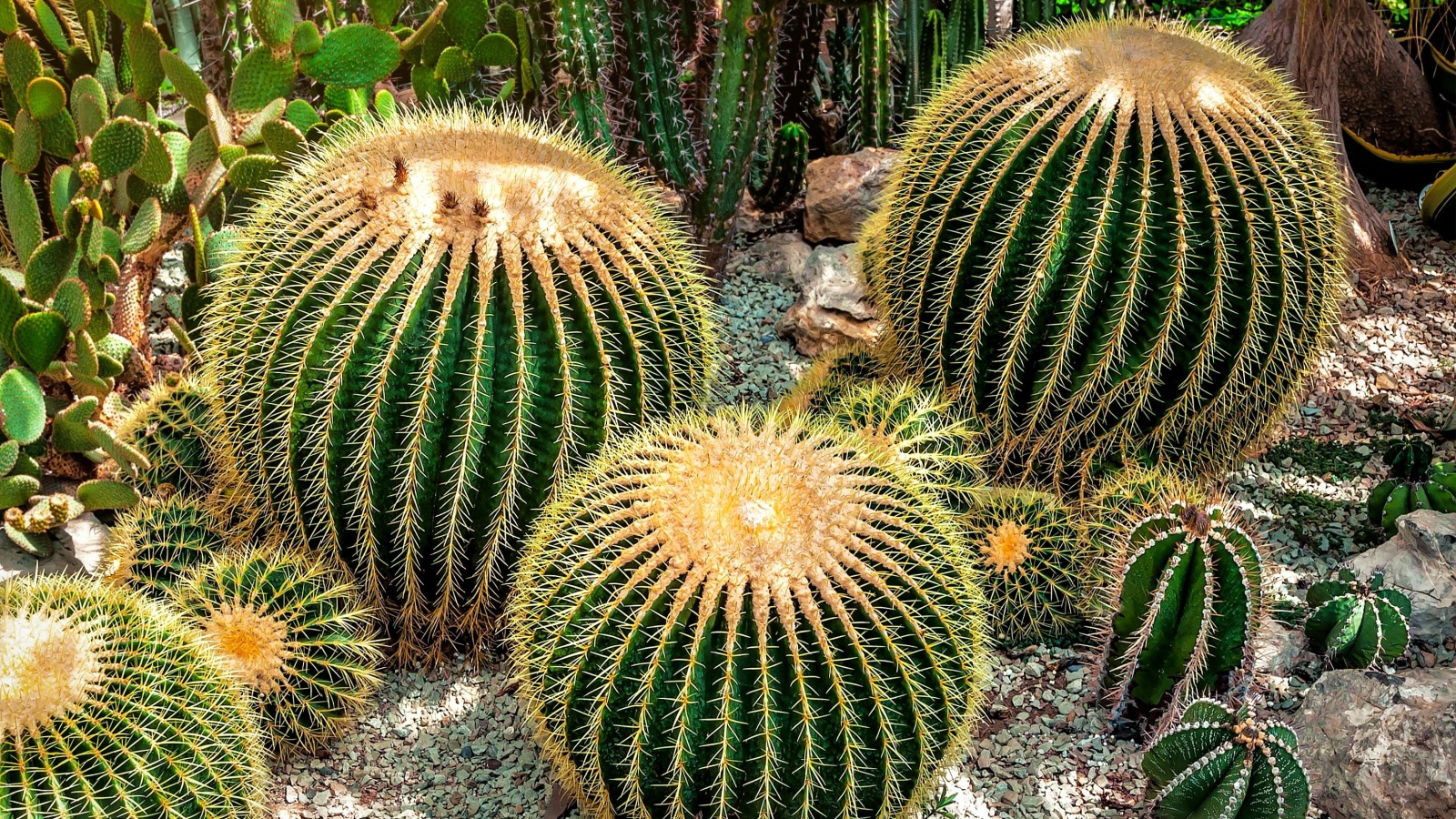
Barrel cacti are a group of cylindrical cacti that are native to the deserts of North and South America. They are covered in long, sharp spines that help protect them from herbivores and also help them collect moisture from the air. Some species of barrel cactus can grow up to 10 feet tall and live for over 100 years. These cacti are an important source of food and water for many desert animals, including birds, mammals, and reptiles.
16. Velvet Ant
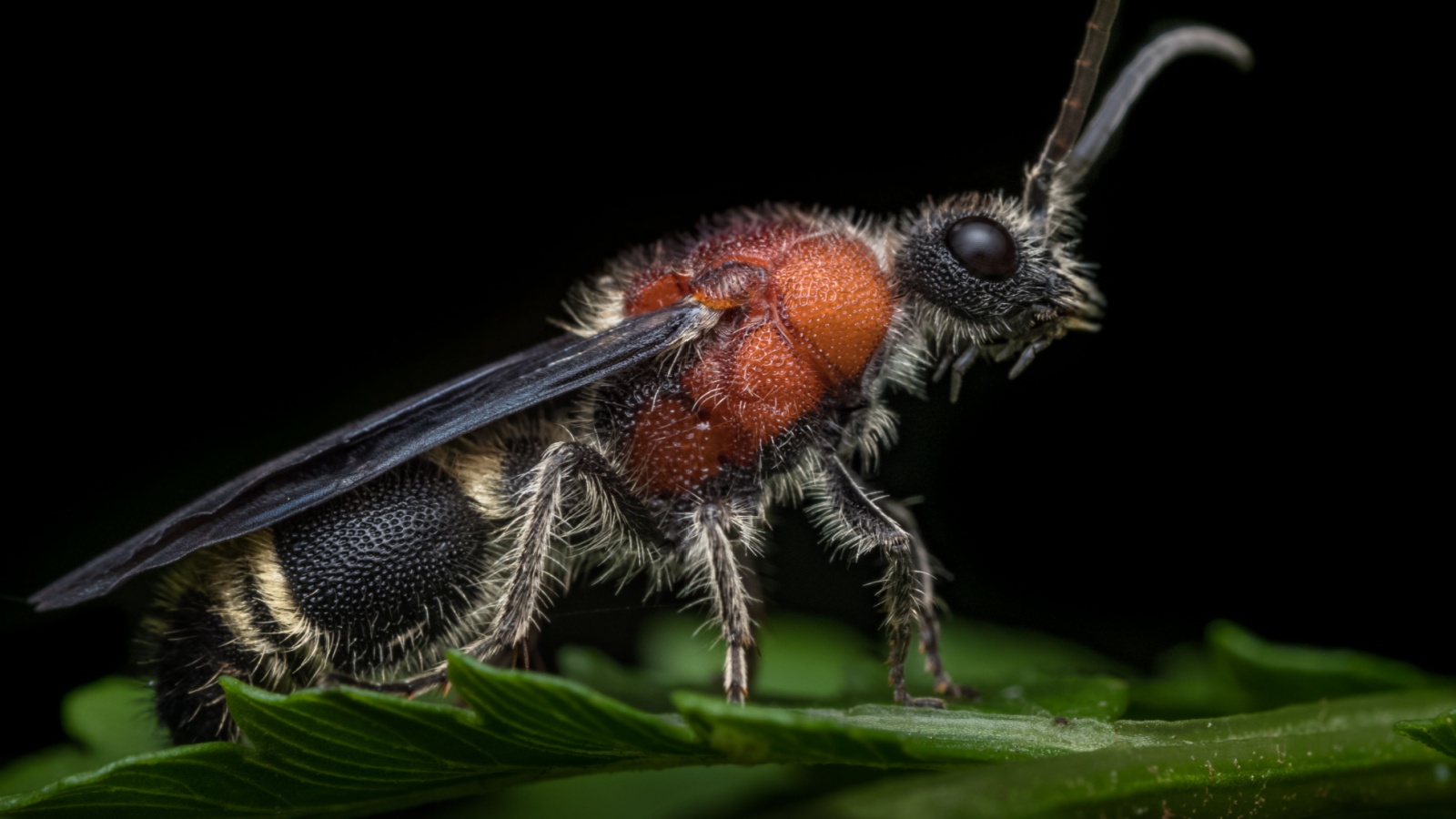
Despite their name, velvet ants are actually a type of wasp. The females are wingless and covered in dense, velvety hair that ranges in color from black to bright red or orange. These insects also have a venomous sting that is said to be one of the most painful in the world. Velvet ants are found in arid regions all over the world and are important predators of other insects.
17. Greater Weever Fish
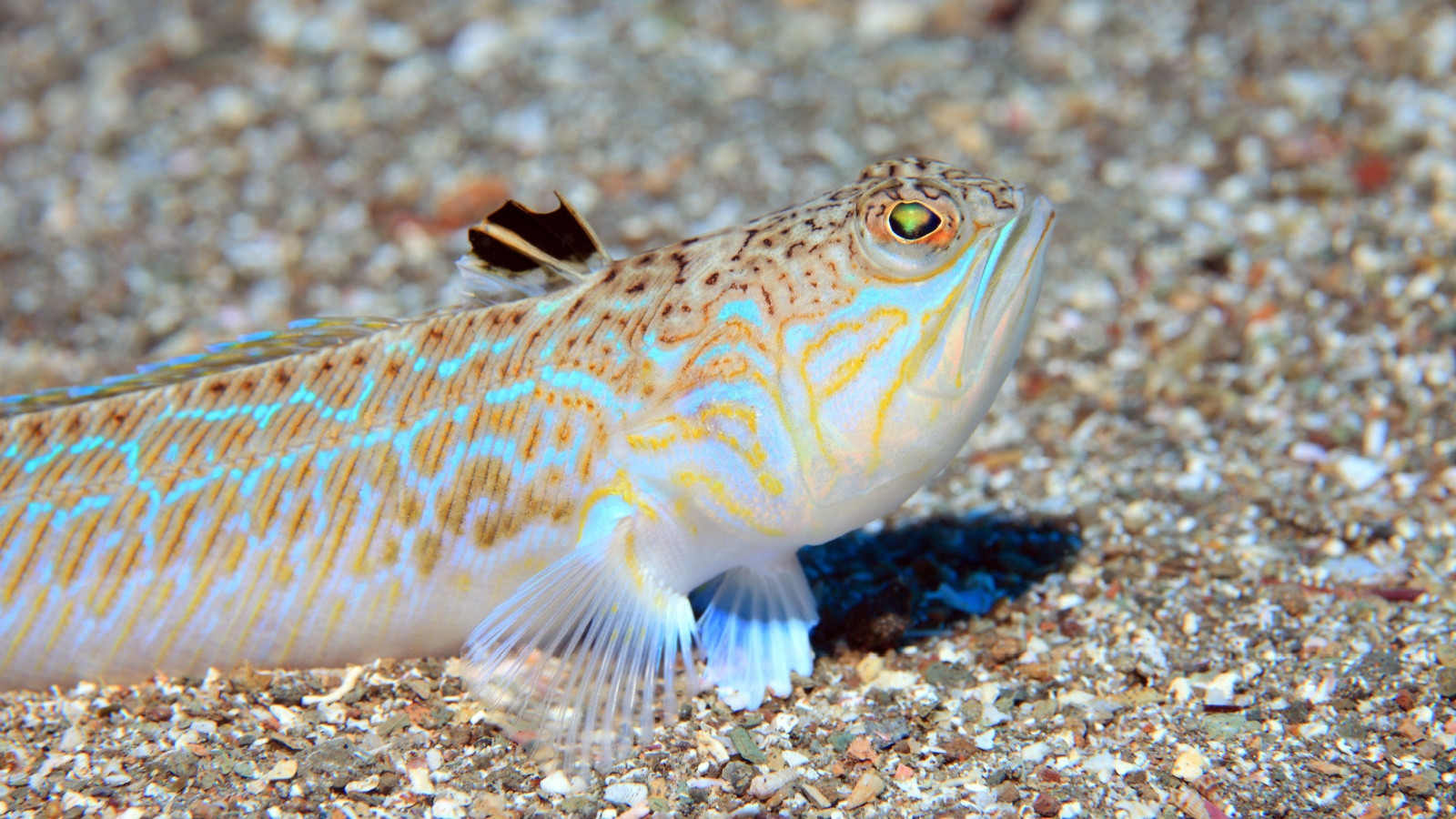
The greater weever fish is a venomous fish that is found in the coastal waters of Europe and North Africa. It has venomous spines on its dorsal fin and gill covers that can cause painful wounds in humans who step on them. Greater weever fish are ambush predators and bury themselves in the sand, waiting for unsuspecting prey to swim by. Despite their venomous nature, greater weever fish are sometimes consumed by humans in certain parts of the world.
18. Jumping Cholla Cactus
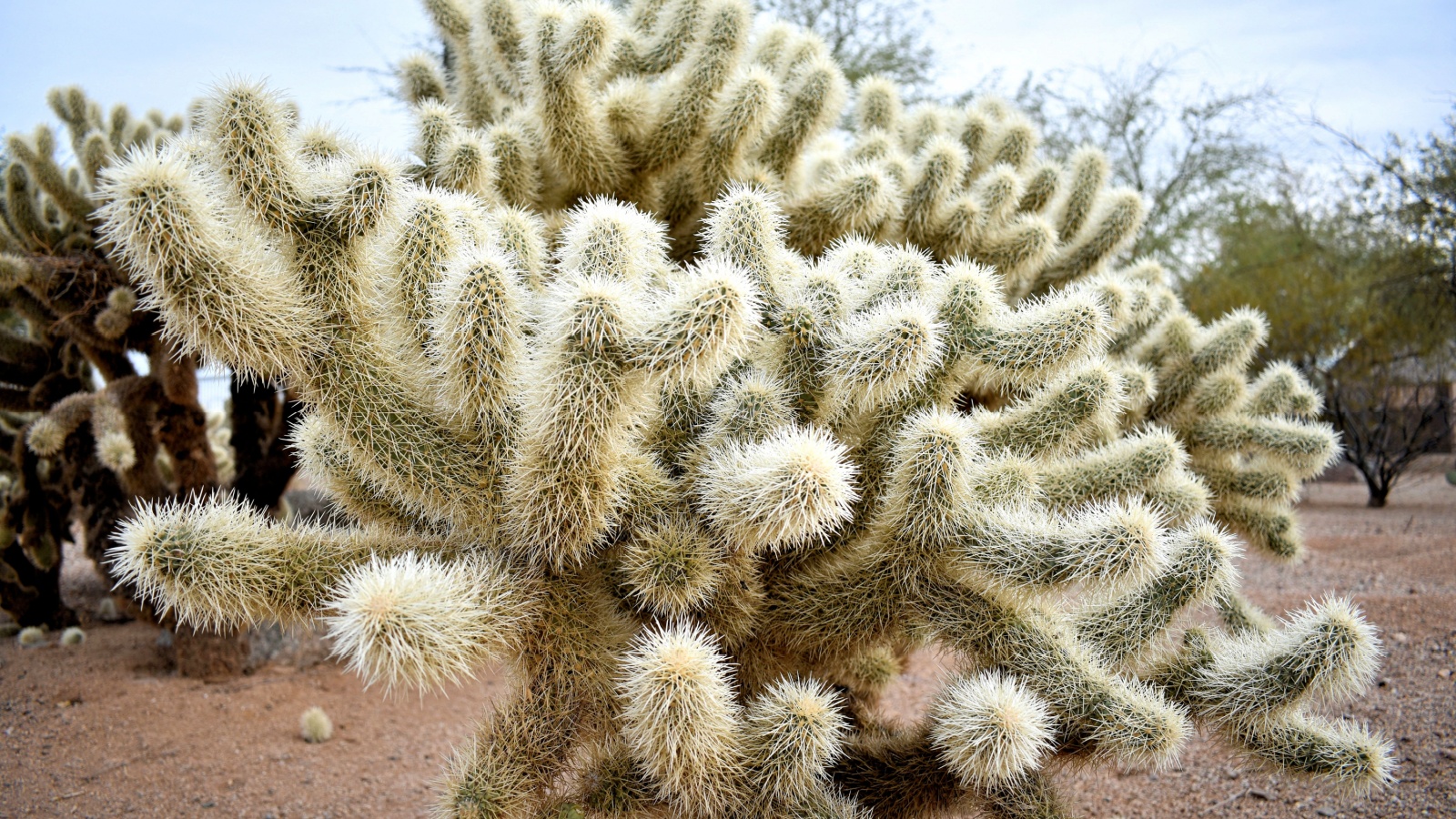
The jumping cholla cactus is a type of cactus that is native to the deserts of the southwestern United States and northern Mexico. It gets its name from the fact that its spines are very loosely attached and can easily detach and “jump” onto anything that brushes against them. These spines are extremely sharp and can cause painful injuries to humans and animals. Jumping cholla cacti are also known as “teddy bear” cacti due to their fuzzy appearance, but they are definitely not cuddly!
Becky is a fervent wildlife enthusiast and pet care expert with a diploma in canine nutrition. Her love for animals stretches beyond the domestic, embracing the wild tapestry of global fauna. With over a decade of experience in animal welfare, Becky lends her expertise to OutlandishOwl through insightful articles, captivating wildlife information, and invaluable guidance on pet nutrition. Her work embodies a deep commitment to understanding the intricate lives of animals and a passion for educating others on sustaining natural habitats. Becky's hands-on conservation efforts and her knack for translating complex dietary science into practical pet feeding tips make her an indispensable voice for creatures great and small.

